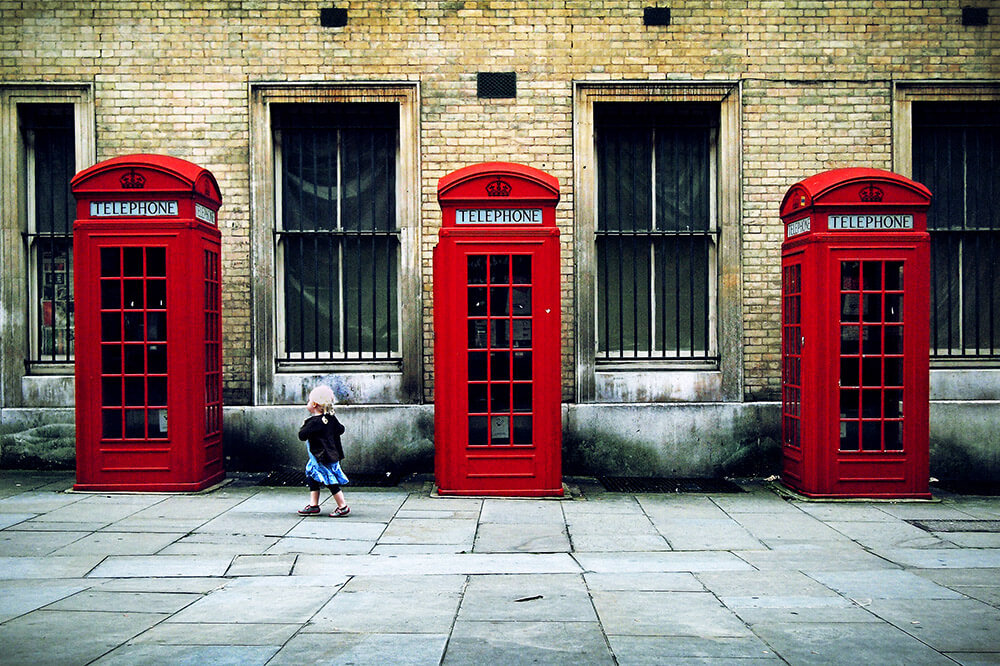Not known Facts About Street Photographers
Not known Facts About Street Photographers
Blog Article
10 Simple Techniques For Street Photographers
Table of ContentsThe 20-Second Trick For Street PhotographersA Biased View of Street PhotographersUnknown Facts About Street PhotographersHow Street Photographers can Save You Time, Stress, and Money.All About Street Photographers
, a style of digital photography that records day-to-day life in a public area. The actual publicness of the setting makes it possible for the photographer to take candid images of complete strangers, typically without their expertise. Road professional photographers do not always have a social function in mind, yet they prefer to separate and capture moments which might otherwise go unnoticed.Though he was influenced by most of those who affected the road professional photographers of the 1950s and '60s, he was not chiefly interested in capturing the spirit of the street. The impulse to visually record people in public began with 19th-century painters such as Edgar Degas, douard Manet, and Henri de Toulouse-Lautrec, that worked side by side with digital photographers attempting to capture the essence of city life.
As a result of the relatively primitive modern technology offered to him and the long exposure time called for, he struggled to catch the pressure of the Paris streets. He try out a series of photographic approaches, trying to discover one that would permit him to catch movement without a blur, and he located some success with the calotype, patented in 1841 by William Henry Fox Talbot. In comparison to Atget, professional photographer Charles Marville was employed by the city of Paris to produce an encyclopaedic document of Haussmann's metropolitan preparation project as it unfolded, therefore old and new Paris. While the photographers' subject was essentially the very same, the results were significantly various, showing the influence of the professional photographer's bent on the personality of the photos he produced.
See This Report about Street Photographers
Given the fine high quality of his photographs and the breadth of product, architects and musicians usually purchased Atget's prints to make use of as referral for their own job, though business interests were rarely his major inspiration. Instead, he was driven to picture every last residue of the Paris he enjoyed. The mingled interest and necessity of his goal sparkle through, resulting in photographs that narrate his very own experience of the city, high qualities that prepared for street photography of the 20th century.

Unlike his peers, Brassa utilized a larger-format Voigtlnder cam with a longer direct exposure time, forcing him to be extra calculated and thoughtful in his technique than he may have been if making use of a Leica. (It is believed that he might not have had the ability to afford a Leica during that time, but he did, nevertheless, use one in the late 1950s to take colour photos.) Brassa's pictures of the Paris underworld brightened by synthetic light were a discovery, and the compilation of the collection that he published, (1933 ), was Going Here a significant success.

See This Report about Street Photographers
It is due to this essential understanding of the art of picture taking that he is often credited with finding the medium throughout again approximately a century considering that its invention. He took photographs for even more than a half century and influenced generations of digital photographers to trust their eye and instinct in the minute.
These are the questions I will try to answer: And after that I'll leave you with my very own interpretation of street photography. Yes, we do. Let's start with defining what an interpretation is: According to it is: "The act of specifying, or of making something certain, unique, or clear".
No, certainly not. The term is both restricting and misinforming. Seems like a road photography site here ought to be pictures of a streets best?! And all street professional photographers, besides a handful of outright novices, will completely appreciate that a street is not the essential element to street digital photography, and in fact if it's an image of a road with perhaps a few dull people not doing anything of interest, that's not road digital photography that's a photo of a road.
Some Known Details About Street Photographers
He makes a legitimate point do not you assume? While I agree with him I'm not sure "honest public photography" will certainly catch on (although I do kind of like the term "honest photography") due to the fact that "street photography" has actually been around for a long time, with many masters' names affixed to it, so I believe the term is below to stay. Street Photographers.
You can fire at the beach, at a festival, in a street, in a park, in a piazza, in a cafe, at a gallery or art gallery, in a metro terminal, at an event, on a bridge, under a bridge ...
Rumored Buzz on Street Photographers
Yes, I'm afraid we scared no choice! Without policies we can not have a definition, and without a definition we don't have a style, and without a style we don't have anything to define what we do, and so we are stuck in a "policies definition category" loophole! - Street Photographers

Report this page